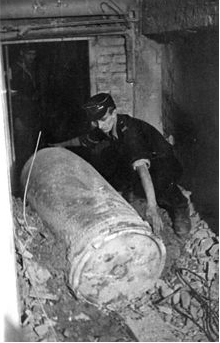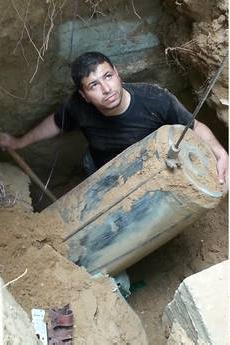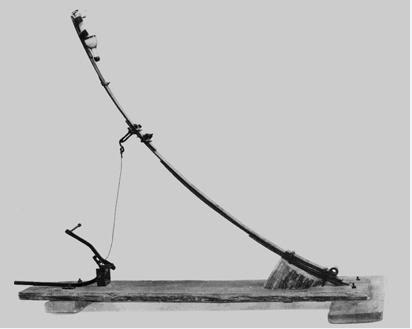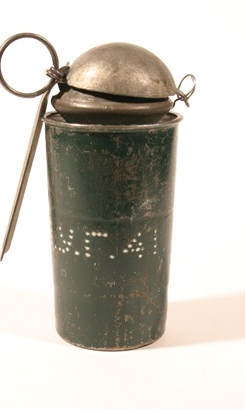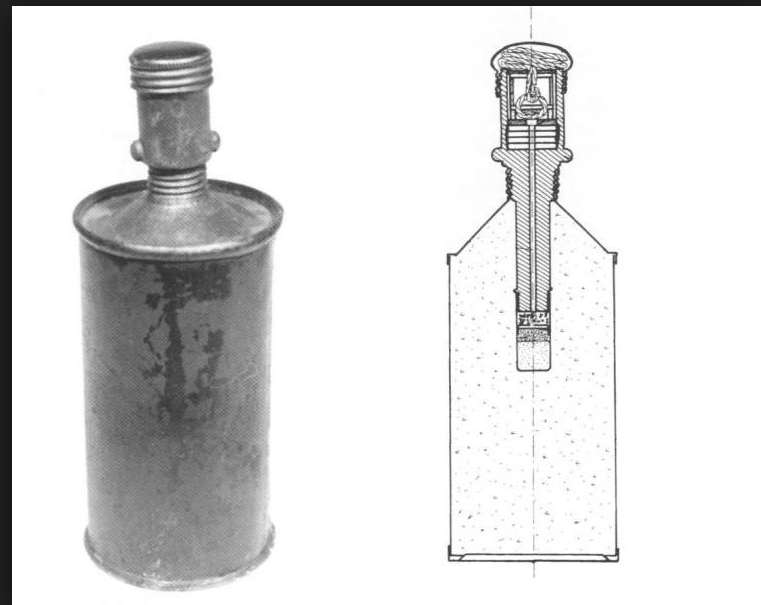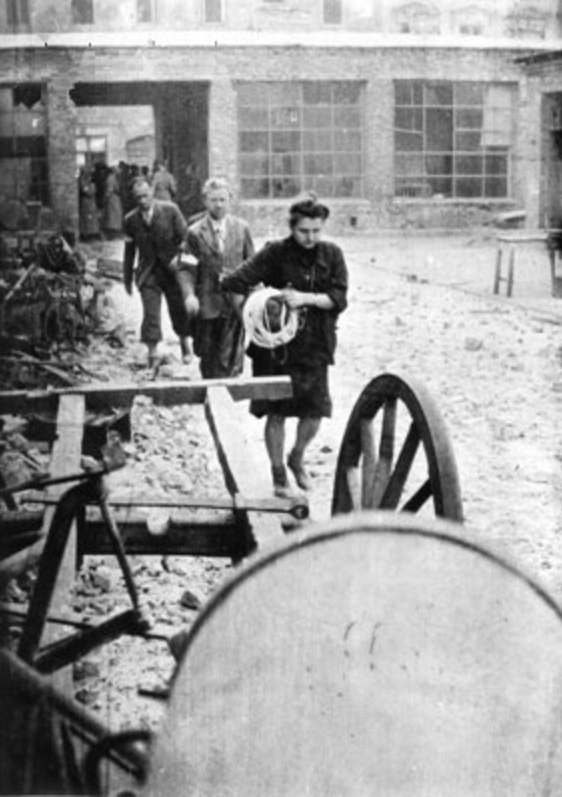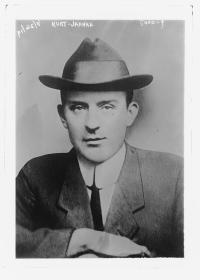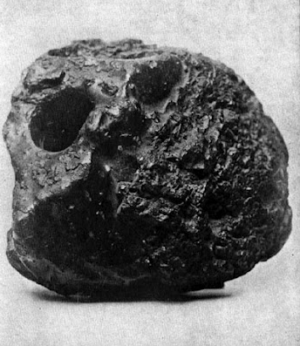I’ve found an interesting book, “The Partisan’s Companion“, a guerilla warfare manual produced by Russia in 1942. There’s a small section on EOD search for German mines and booby traps which is interesting.
Remember the fascists use mines widely and employ them with cunning and trickery. Quite often they leave various lures in plain sight and connect them to mines. You should be careful and wary of them.
Do not enter a house which has been left by the Germans until you have inspected the ground around it, The stair steps of the porch, doors, windows, floor boards and various household objects – all of them could be connected to mines. Any attempt to move them or even a simple touch could produce and explosion. Use long rope and a grapnel to open the door of such a house.
After entering the house – thoroughly inspect it. First, do a visual inspection, looking for the revealing signs of mines: fresh spots in the wall’s plaster, evidence of disturbing the bricks in the walls or stove, fresh scratches on the floor. Also check the electrical wires – see if there are any devices connected to them. If you find suspicious areas- check them more thoroughly.
Try to avoid all kinds of twine, rope and wire in the forest, on the roads and in the houses. They could be linked to mines. Be careful around places which show some disturbance to their uniformity.For example: small lumps of dirt on grass warn you about digging at that site. Be careful not to pick up a rifle or other weapon left behind by the Germans, especially if it is in a highly visible spot. Remember that the Germans sometimes even put mines on the corpses of their soldiers and officers.
The manual then goes on to describe an interesting technique for finding buried clockwork timed mechanisms attached to mines, using a “water stethoscope”. A water bottle is filled almost to within a few centimeters from the top, and a glass tube inserted through the stopper. Put a rubber hose onto the outside of the tube. Then plant the bottle in the ground, with the surface of the water in the bottle level with the ground. Place the end of the hose to your ear and if there is a buried clockwork device nearby you will hear it.
That sounds like an interesting technique – I’ll have to give it a try.

